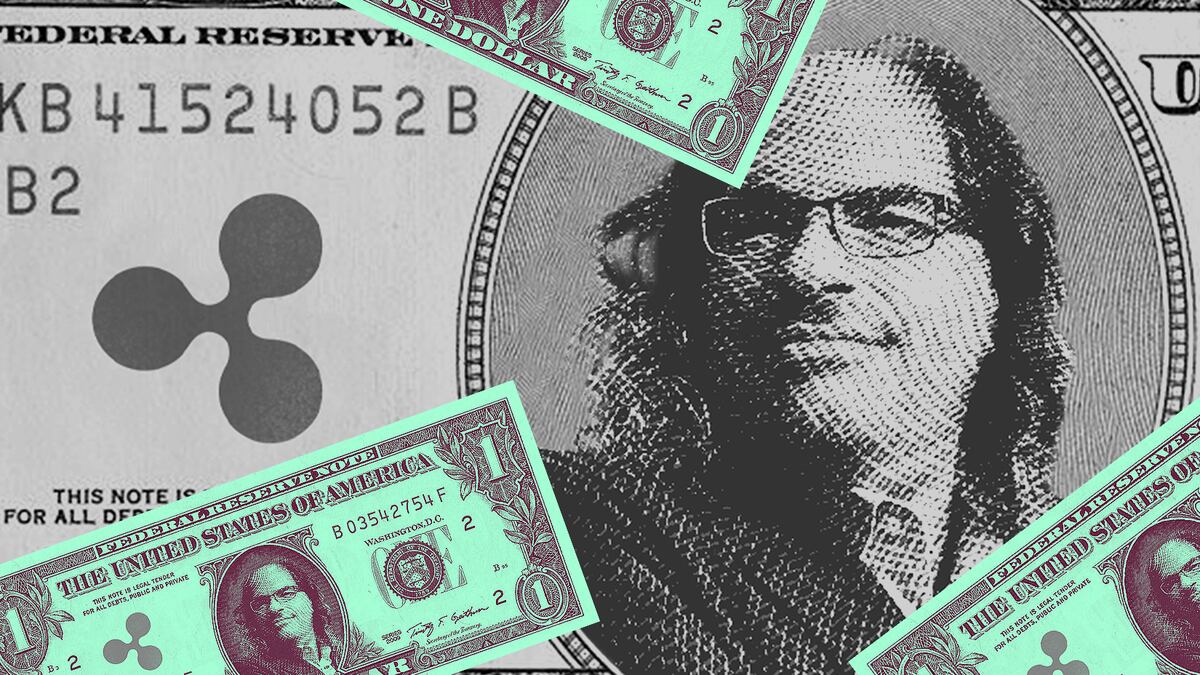- Ripple is launching a fiat-backed stablecoin.
- The company plans to integrate the stablecoins with its payments platform to make everyday use easier.
- It will face off against a wave of players entering the stablecoin space.
Ripple will launch a new stablecoin later this year.
The company behind the XRP Ledger blockchain broke the news on Thursday, betting that integrating it with its payments platform RippleNet will enable users to use it for everyday expenses — eventually, anyway.
Ripple’s new bet comes as the stablecoin space is growing increasingly crowded, leaving the venture to face off against competitors like Circle and PayPal.
“I don’t think winner-take-all is realistic,” David Schwartz, Ripple’s chief technology officer, told DL News. “With institutional adoption, nobody wants to build their business on one partner.”
Crowded space
Stablecoins are one of the few applications of crypto technology to have found traction in the real world.
Last year, Bernstein predicted the $150 million market would balloon to almost $3 trillion by 2028.
Startups and legacy companies alike are scrambling to grab a slice.
Last month, BlackRock launched BUIDL, a tokenised money market on Ethereum; its tokens are valued at $1 apiece.
With yield hovering around 35%, Ethena’s months-old “synthetic dollar,” USDe, is fast approaching a market capitalisation of $2 billion.
And this week, Agora, a startup led by former Frax developer Nick Van Eck, the son of VanEck founder Jan Van Eck, said it had raised $12 million to build its own fiat-backed stablecoin.
His father’s eponymous firm will manage a fund for the stablecoin’s reserves.
DeFi stalwarts Liquity and Reflexer announced new iterations of existing stablecoins this year.
And last year, DeFi giants Aave and Curve launched their own stablecoins, as did payments behemoth PayPal.
However, using stablecoins is a clunky prospect.
Users typically have to redeem a stablecoin for fiat currency in order to pay for real-world goods and services.
While Ripple’s sales pitch centres around the idea that the RippleNet integration will make everyday transactions smoother, that’s a long-term vision, rather than a feature users can expect at launch, Schwartz said.
Like Circle’s USDC and Tether’s USDT, Ripple’s stablecoin will be backed by US dollar deposits, short-term US Treasuries, and other cash equivalents.
Ripple said its reserves will be audited by a third-party accounting firm and that it will publish monthly attestations.
Another SEC clash
Ripple’s XRP has long been one of the largest cryptocurrencies by total market value. But it’s also mired Ripple in years of litigation against the US Securities and Exchange Commission.
The regulator sued Ripple in 2020, alleging the company’s distribution of XRP was an unregistered security offering.
Ripple scored a partial victory in July, when a judge decided that XRP’s sale on the exchange did not constitute an unregistered security, while sales to sophisticated investors did.
Last month, the SEC said the company has continued to sell its associated XRP token to institutional investors, and asked a federal judge to fine Ripple Labs almost $2 billion.
Aleks Gilbert is DL News’ New York-based DeFi correspondent. You can reach him at aleks@dlnews.com.


